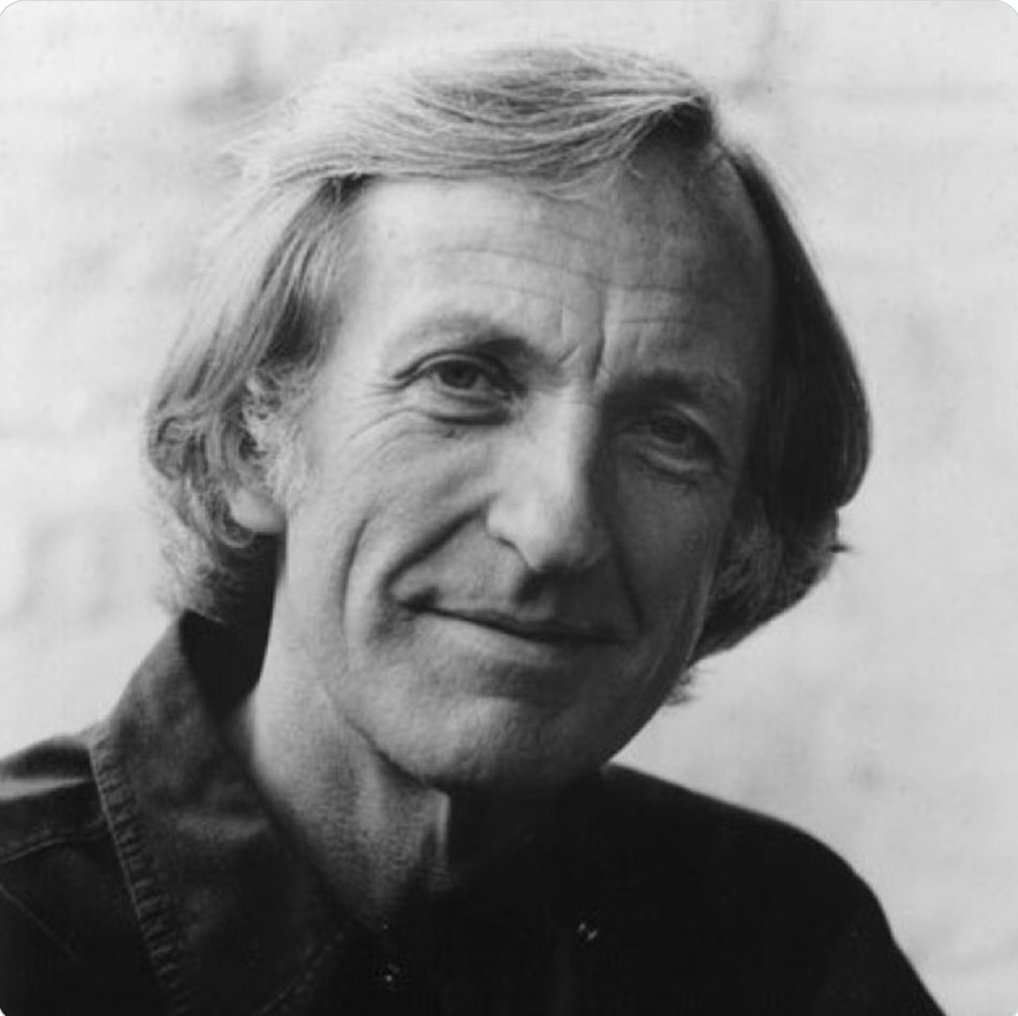What is the “international community” really doing in East Timor? After their arrival almost two weeks ago, Australian troops have secured only the capital, Dili, and a few towns.
In West Timor, fewer than a dozen foreign aid workers struggle to guarantee the safety of 230,000 refugees, including 35,000 children, while the power of life and death remains with the Indonesian military.
An explanation is offered in a remarkable interview given by John Howard, the Australian prime minister, in which he described his government as Washington’s deputy sheriff. What mattered was the “stability” of Indonesia, and the protection of western business interests. His honesty, or garrulousness, is to be applauded, along with his historical accuracy. From the Boxer rebellion to Vietnam, Australians have fought the battles of the great imperial powers. In 1989, Australian troops were sent to Bougainville, an island off Papua New Guinea, and site of a huge mining operation by the multinational Rio Tinto. The Bougainvilleans had taken over the mine and the island, in a bid for independence.
East Timor is no exception. When Australia’s then prime minister Gough Whitlam met the Indonesian dictator Suharto in 1974, his message was that the Portuguese colony was Jakarta’s for the taking. The two leaders, reported the Melbourne Age, “agreed last weekend that the best and most realistic future for Timor was association with Indonesia”. The East Timorese were not asked. One year later, Indonesia invaded.
As the UN security council deliberated on how to respond, the US secretly re-armed the invaders while the Australian representative at the UN, Ralph Harry, presented the invasion as a civil war with “elements” of the Indonesian military. In 1982, Whitlam, although no longer in office, made an extraordinary appearance at the UN, where he declared: “It is high time the question of East Timor was voted off the UN agenda.” As he spoke, the sea around East Timor was being explored by Australian companies for vast deposits of oil and gas: a preliminary act of grand larceny at the centrepiece of the Australian establishment’s “special relationship” with the Indonesian dictatorship.
Richard Woolcott, Canberra’s ambassador in Jakarta who had been tipped off by the Indonesians that they planned to invade East Timor, set up a propaganda body, the Indonesia-Australia Institute, funded by the government. On its board was Paul Kelly, editor-in-chief of Australia’s only national newspaper, the Australian, owned by Rupert Murdoch. Kelly introduced other editors to Suharto in Jakarta and his newspaper described the dictatorship, one of the most blood-soaked of the late 20th century, as “moderate”.
For years, none of them heard, or wanted to hear, the cries of the East Timorese. In 1991, when it was impossible to ignore evidence that hundreds of unarmed East Timorese had been killed in the Santa Cruz cemetery in Dili, the Australian foreign minister, Gareth Evans, described the massacre as an “aberration”. Major-General Sintog Panjaitan, the senior Indonesian officer responsible for the massacre, was invited to Canberra as an honoured guest of the Australian military. Ali Alatas, Indonesia’s foreign minister and principal apologist for that and other massacres, was awarded the Order of Australia, the country’s highest honour.
While Prime Minister Bob Hawke raged against Saddam Hussein’s invasion of Kuwait, saying that “big countries can’t expect to invade little countries and get away with it”, he neglected to mention that Australia had recognised Indonesia’s illegal occupation of its small, defenceless neighbour. A “historic” military pact with Jakarta followed, including plans for Indonesian-Australian operations in “counter-terrorism”. The proud heirs of Anzac were formally integrated into Indonesia’s war effort against the East Timorese.
In July last year, a senior Australian aid worker in East Timor warned that the Indonesian military was setting up militia gangs. He was dismissed as “alarmist”. In November, Canberra was told that a 400-member assassination squad of the Indonesian special forces, Kopassus, had been sent to East Timor. The defence minister, John Moore, flew to Jakarta and reassured the regime that Australian policy was to “prop up the institution [of the military] as best we can”. As this summer’s bloody events unfolded, the Howard government was told by Australian intelligence that Indonesia planned a “scorched earth” in East Timor following the independence vote. Yet it was on Australia’s insistence that the UN gave the Indonesian military responsibility for the security of the independence referendum in August – a decision that led inexorably to the deaths of thousands.
The Australians can now stand back; other, more senior, deputy sheriffs are on the way. This week, a World Bank team arrives in Dili and the International Monetary Fund will follow soon. Unless Xanana Gusmao and his East Timorese leadership are both deft and bold, the freedom for which their people struggled alone for so long may be quietly lost and their devastated country, slotted neatly into the globalised system of exploitation, debt and poverty, known as “stability”. They deserve a great deal more.


